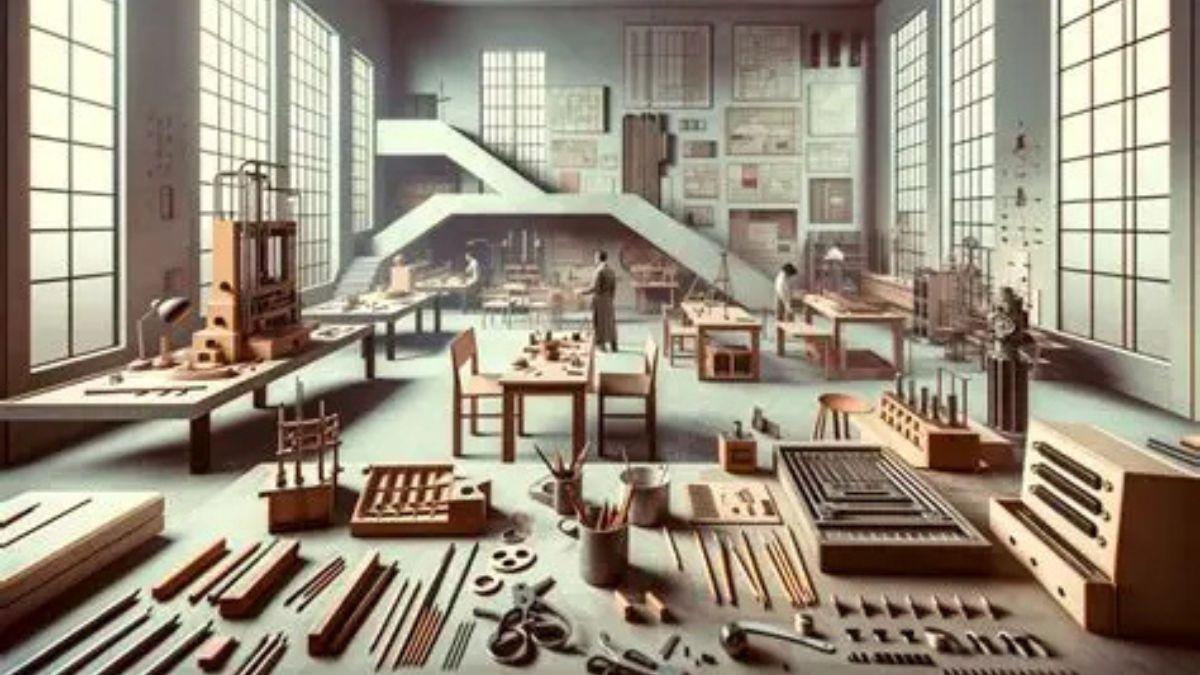Craft Design Technology represents the fusion of traditional craftsmanship with modern technological advancements. This interdisciplinary field blends artistic creativity with digital tools, enabling designers and artisans to create innovative, functional, and aesthetically pleasing products. From 3D printing to laser cutting, technology has revolutionized how crafts are designed, produced, and marketed.
In this article, we will explore:
- The evolution of craft design technology
- Key technologies shaping the industry
- Applications across various sectors
- The future of craft design technology
By the end, you’ll understand how this field is transforming industries and why it’s a vital area for designers, engineers, and entrepreneurs.
The Evolution of Craft Design Technology
Craftsmanship has been an integral part of human culture for centuries, with artisans using hand tools and traditional techniques to create functional and decorative items. However, the rise of digital tools has expanded possibilities, allowing for precision, scalability, and customization.
From Handmade to Digital Crafting
- Traditional Crafting: Involves manual techniques like woodworking, pottery, and textile weaving.
- Industrial Revolution: Introduced mass production but reduced individuality in design.
- Digital Age: Computer-aided design (CAD), 3D modeling, and automation have brought back customization while improving efficiency.
Today, craft design technology bridges the gap between artisanal quality and modern manufacturing, enabling small-scale creators to compete with large industries.
Key Technologies in Craft Design
Several cutting-edge technologies are driving innovation in craft design:
1. Computer-Aided Design (CAD) & 3D Modeling
- Allows designers to create precise digital prototypes.
- Used in jewelry, furniture, and product design.
- Software like AutoCAD, SolidWorks, and Blender enhance creativity.
2. 3D Printing & Additive Manufacturing
- Enables rapid prototyping and small-batch production.
- Materials range from plastics to metals and ceramics.
- Applications in custom jewelry, home decor, and even fashion.
3. Laser Cutting & Engraving
- Provides high precision in cutting materials like wood, acrylic, and leather.
- Used for intricate patterns in furniture, signage, and textiles.
4. CNC Machining
- Computer-controlled cutting for metals, wood, and composites.
- Ideal for custom furniture, musical instruments, and architectural models.
5. Augmented Reality (AR) & Virtual Reality (VR)
- Helps designers visualize products in real-world environments before production.
- Enhances customer experience in e-commerce (e.g., virtual try-ons for jewelry).
6. Smart Textiles & Wearable Tech
- Combines electronics with fabrics for functional fashion.
- Examples: LED-embedded clothing, temperature-regulating fabrics.
7. Sustainable & Eco-Friendly Crafting
- Use of biodegradable materials and upcycling techniques.
- Digital tools help minimize waste in production.
Applications of Craft Design Technology
The integration of technology with craftsmanship has opened new possibilities across industries:
1. Fashion & Apparel
- Digital embroidery machines create intricate designs.
- 3D-printed accessories and smart textiles enhance functionality.
2. Jewelry Design
- CAD software allows for custom, intricate designs.
- 3D printing enables rapid prototyping of unique pieces.
3. Furniture & Home Decor
- Laser-cut wooden art and CNC-machined furniture.
- Customizable modular designs using digital tools.
4. Automotive & Aerospace
- Handcrafted luxury car interiors enhanced with laser-cut detailing.
- 3D-printed lightweight components for aerospace.
5. Healthcare & Prosthetics
- Custom 3D-printed prosthetics with artistic designs.
- Biofabrication for medical implants using craft techniques.
6. Art & Sculpture
- Digital sculpting tools for modern art installations.
- Mixed-media art combining traditional and digital methods.
The Future of Craft Design Technology
As technology evolves, craft design will continue to push boundaries. Here are some emerging trends:
1. AI-Driven Design
- Generative design algorithms create unique patterns and structures.
- AI assists in optimizing materials and production processes.
2. On-Demand & Localized Manufacturing
- Small-scale workshops using digital fabrication tools.
- Reduced carbon footprint with localized production.
3. Hybrid Craftsmanship
- Blending handcrafted techniques with robotic automation.
- Human artisans working alongside AI for enhanced creativity.
4. Blockchain for Authenticity
- Digital certificates for handmade products to verify authenticity.
- NFTs for digital craft designs and collectibles.
5. Biodegradable & Smart Materials
- Self-healing fabrics and sustainable composites.
- Integration of nanotechnology in craft materials.
Why Craft Design Technology Matters
The rise of craft design technology is more than just a trend—it’s a movement that:
- Preserves traditional craftsmanship while embracing innovation.
- Empowers small businesses with affordable digital tools.
- Reduces waste through precise, sustainable production.
- Enhances customization, meeting consumer demand for unique products.
For designers, learning these technologies is essential to stay competitive. For consumers, it means access to high-quality, personalized products.
Conclusion
Craft Design Technology is revolutionizing how we create, design, and manufacture products. By merging artistry with cutting-edge tools, this field offers endless possibilities for innovation across fashion, jewelry, furniture, and more. As AI, 3D printing, and sustainable materials advance, the future of craft design will be even more exciting.






